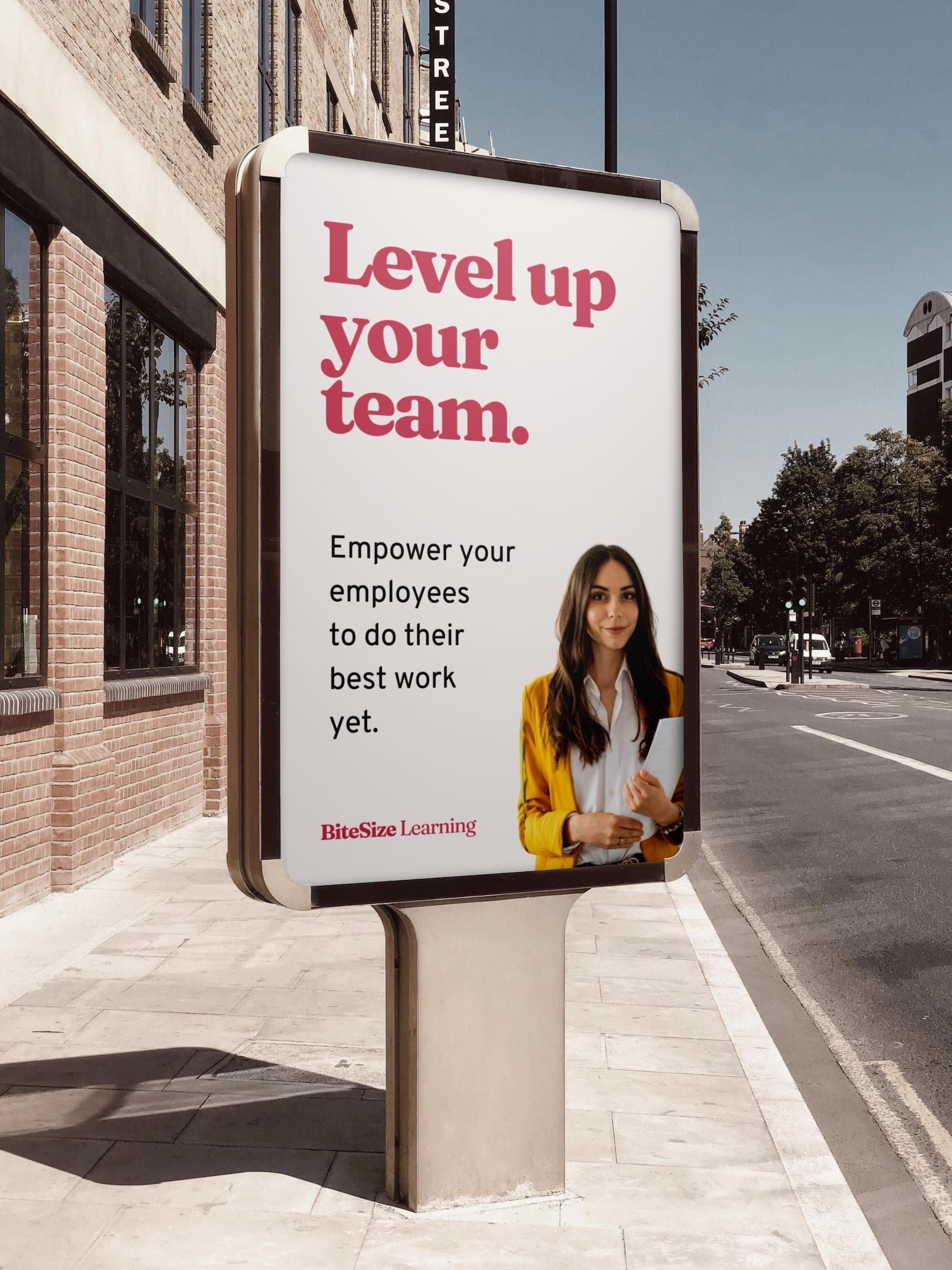How Employers View Digital Credentials: Insights and Evolving Perspectives
In today’s fast-evolving job market, digital credentials such as badges, certificates, and micro-credentials are transforming the way employers evaluate and recognize talent. But how do companies truly view these non-traditional qualifications? Let’s explore the latest insights and shifting perspectives on digital proof of learning and skills.
What Are Digital credentials?
Digital credentials are secure, shareable representations of learning, skills, or achievements earned in both formal and informal education environments. Unlike traditional diplomas or certificates, digital badges and certificates are usually issued via online platforms and can be easily verified by employers.
- Micro-credentials for completing specific courses, skills, or standards
- Digital badges from online learning platforms (e.g., Coursera, LinkedIn Learning, Udemy)
- Professional certifications from industry organizations (e.g., CompTIA, PMI, Google)
- Stackable credentials that combine to build broader competencies
As online education becomes mainstream, more professionals are showcasing their abilities with digital credentials. But employers’ attitudes are catching up at their own pace.
How Employers View Digital Credentials today
Employers are increasingly aware of digital credentials, but their perceptions can vary widely depending on several factors:
- Industry Relevance: tech, finance, and healthcare companies are more likely to value recognized digital credentials.
- Quality & issuer Trust: Employers give weight to credentials from reputable platforms or professional organizations.
- Skill-Specific Needs: Certificates showing current,job-specific competencies (e.g., cybersecurity, data analytics) are notably appealing.
- Transparency & Verifiability: The ease of verifying skills via digital badges boosts their credibility.
A recent Credly survey found that 86% of employers believe digital credentials are useful for identifying qualified candidates and supporting workforce growth. Though, some sectors remain cautious, valuing traditional qualifications and real-world experiance above digital badges alone.
The Benefits of Digital Credentials for Employers
- Efficient Skill verification: Employers can instantly verify the validity of digital credentials, reducing resume fraud and streamlining hiring.
- Granular Competency Assessment: Micro-credentials highlight specific,up-to-date skills,aiding precise job-role alignment.
- Diversity in Talent Pools: Non-traditional learners and career-changers become more visible and accessible.
- Support for Continuous Learning: Digital credentials encourage ongoing education and upskilling among current staff.
These benefits matter most in fast-changing industries, where agility and on-demand expertise frequently enough outweigh traditional diplomas or years of experience.
What Employers Look for in Digital Credentials
For a digital credential to stand out in a job submission, employers usually consider a few essential criteria:
- issuer Reputation: Credentials from recognized industry leaders (like Microsoft, AWS, or PMI) are most valued.
- Relevance to the Role: Credentials related to specific technologies, processes, or soft skills required by the position.
- Level of Rigor: Programs that include assessments, projects, or proctored exams hold more weight.
- Authenticity & Security: Verifiable links, blockchain-backed certificates, or official registries for easy authentication.
Adding digital credentials to your LinkedIn, resume, or portfolio with verification links is key to making them count.
Evolving Perspectives: Trends in Employer Adoption
- holistic Hiring Approaches: Many organizations are now taking a “skills-first” approach,considering micro-credentials alongside degrees.
- Integration into Applicant Tracking Systems (ATS): AI-powered recruitment tools can parse and recognize digital badges, improving screening accuracy.
- Upskilling & Internal Mobility: Companies increasingly issue their own digital credentials to retain and promote talent.
- Partnerships with Educational Platforms: More employers are partnering with platforms like Coursera, edX, and udacity for workforce development.
according to a 2023 1EdTech survey, over 60% of HR professionals reported plans to except micro-credentials as part of their official hiring or promotion criteria.
Real-World Case Studies and Experiences
IBM’s Digital Badge Program
IBM’s pioneering digital badge program has issued over 3 million badges globally. The initiative helped IBM tap into previously overlooked talent pools, cut time-to-fill by 50%, and expand promotion opportunities for employees without college degrees.
Professional Testimonial
“earning my AWS Certified Solutions Architect badge led to interview calls from multiple tech companies. The simple LinkedIn verification link proved the credential’s legitimacy and got me through the initial screening.”
– Rajiv S., Cloud Engineer
Practical Tips: maximizing the Value of Your Digital Credentials
- Choose Reputable Issuers: Opt for credentials from respected organizations, universities, or vendor-backed programs.
- Detail Relevance: Match your digital credentials to your target job’s requirements; avoid irrelevant or outdated badges.
- Showcase Smartly: Add badges to your LinkedIn profile, digital portfolio, and resume with direct verification links.
- Tell the Story: In interviews or applications,describe the context (projects,skills gained,assessment methods) behind each credential.
- stay Updated: Regularly upskill and maintain your digital credentials as technologies and business needs change.
Tip: encourage your network to endorse your skills and credentials on LinkedIn to boost their credibility.
Challenges and Considerations
- Credential Overload: too many low-value or unverified badges can dilute your professional brand.Curate your credentials.
- Employer Awareness Gap: Some hiring managers may still need education on the meaning and value of digital credentials.
- Standardization Issues: Lack of universally accepted standards for quality and assessment can be a hurdle for broader acceptance.
Job seekers and employers alike must stay informed about industry-specific best practices and evolving standards for digital credentialing.
Conclusion: The Future of Digital Credentials in hiring
The employer perspective on digital credentials is evolving rapidly. As skills gaps grow and the global workforce diversifies, digital badges, micro-credentials, and stackable certificates will play an ever-larger role in hiring and career advancement. While not (yet) a replacement for degrees in every industry, digital credentials offer a powerful way to prove real-world skills, enhance employability, and stand out in a crowded job market.
For job seekers: Focus on high-quality, relevant credentials and present them strategically. For employers, a skills-first approach powered by verifiable digital credentials can unlock new talent, drive diversity, and future-proof your workforce.
Stay up-to-date as digital credentials become the new currency of opportunity and innovation in the world of work.

